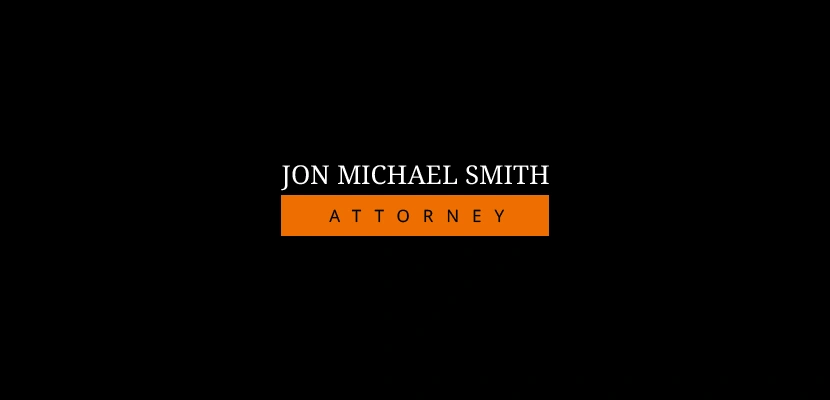Understanding bad faith insurance claims in Texas

Most Texans expect that the insurance companies with whom they do business will respond to their claims in a straightforward manner. That is, they expect the insurance company to investigate and respond to claims in a timely manner, that claims will be promptly investigate, and that the company will pay worthwhile claims that are covered by the terms of the policy. Unhappily, a few insurers do not respond in this manner. They may engage in a series of behaviors that are intended to obviate the duty to abide by the insurance policy. These behaviors are known collectively as “bad faith.” What can a policy holder do if their insurer engages in bad faith to avoid paying an otherwise valid claim? What must a policy holder prove to recover damages for the insurer’s bad faith?
What, exactly, is bad faith?
Texas has two types of bad faith standards. The older standard that has been developed by state judges over many decades relies on the common law of Texas. To recover under this set of court decisions, the policyholder must prove that the insurer acted “unreasonable,” in other words, failed to follow the standard of care used by other insurers in dealing with their policyholders. This type of bad faith can include failing to fully investigate a claim, failure to respond to a claim in a timely fashion, misstating the terms of the policy, or failing to pay a claim that would normally be paid by most other carriers.
Statutory bad faith is an insurer’s violation of the Texas statutes that define bad faith and set limits on the conduct available to an insurer. In many ways, the statutory definition of bad faith mirrors the common law definition. In effect, statutory bad faith simply means that an insurance company must treat its policy holders fairly and refrain from behavior that is intended to deceive the policy holder. Some examples of statutory bad faith include lying about the terms of the insurance policy, giving an unclear reason for denying the claim, or unnecessarily delaying their efforts to investigate the claim.
Contact Us Now Jon Michael Smith
Call Us now512-371-1006
Examples of bad faith
Here are some of the more common examples of bad faith:
- Unreasonable denial of a claim: Insurance companies handle a great many claims, and this experience gives a company’s adjusters a wealth of experience in evaluating claims. This experience must be used fairly in evaluating a claim. An adjuster cannot deny a claim which would be paid by a company acting in a reasonable manner.
- Unreasonable delay: Some insurers use delay in the hope that the policy holder will simply give up trying to collect and go away. Some policies specifically provide the maximum period in which the company must respond to a claim.
- Misrepresentation: An insurer’s employees must not engage in misrepresentation when making statements to the insured about the terms of the policy or the progress of the company’s investigation of the claim.
- Remedies: An insured may bring a legal action against the insurer if bad faith is suspected. If successful, the insured can recover premiums, damages for the denied claim, and attorneys’ fees.



